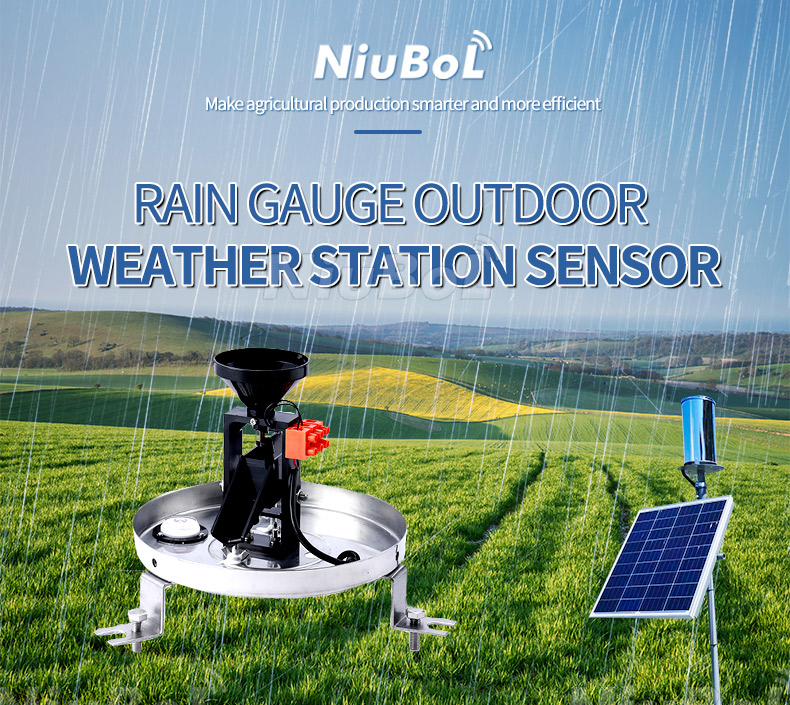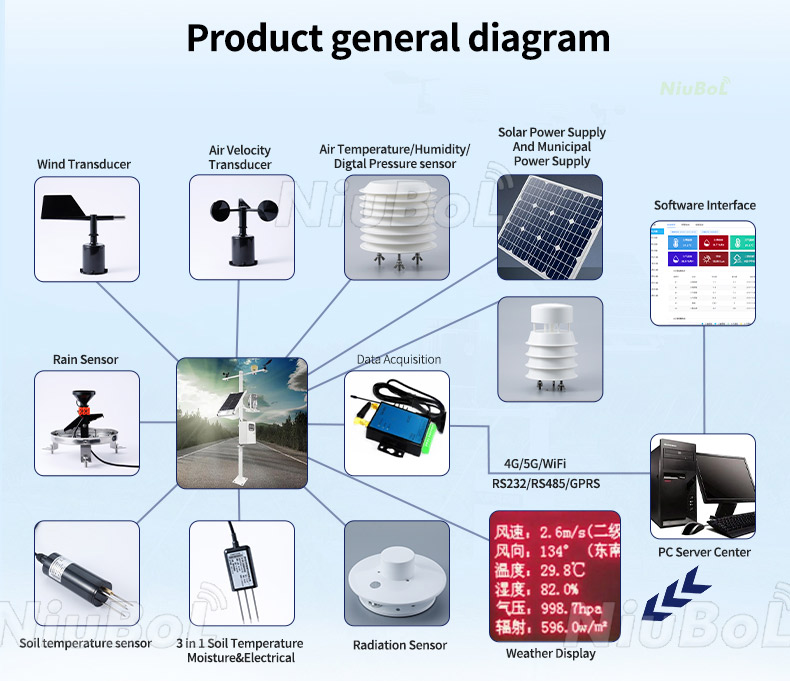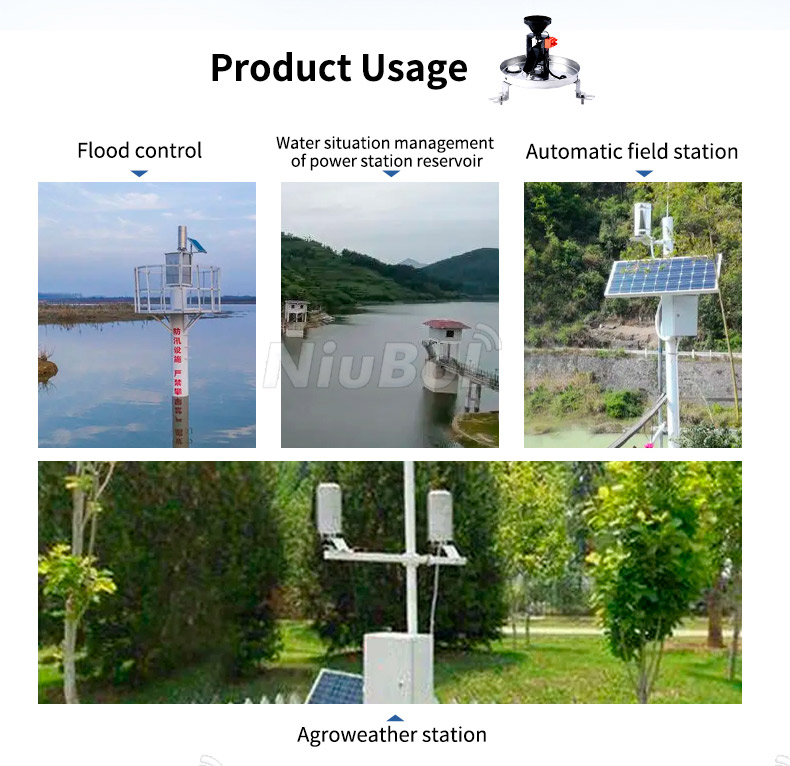

— Blogs —
—Products—
 Consumer hotline +8618073152920
Consumer hotline +8618073152920 WhatsApp:+8615367865107
Address:Room 102, District D, Houhu Industrial Park, Yuelu District, Changsha City, Hunan Province, China
Product knowledge
Time:2024-01-31 11:52:41 Popularity:1694
A rain gauge is an instrument used to measure the amount of rainfall, usually consisting of a water bearer, a water storage cylinder and a water storage bottle. The rain gauge is an important tool used by meteorologists and hydrologists to measure the amount of precipitation in an area over a period of time, and is very important for weather forecasting, flood control, and agricultural irrigation. There are various types of rain gauges according to different usage environments and needs, such as simple rain gauges, siphon rain gauges, tipping bucket rain gauges and so on.
The use of rain gauge is mainly used to measure rainfall, the specific uses are as follows:
Meteorological observation: rain gauge is one of the basic instruments for meteorological observation, which is used to measure the rainfall. Accurate rainfall data can be obtained through the rain gauge, which is important for meteorological forecasting, climate change research and other aspects.
Hydrological monitoring: hydrological monitoring is one of the important applications of rain gauge. By monitoring the water level, flow rate, flow rate and other parameters of rivers, lakes and other water bodies, we can understand the changes in water bodies, which is important for the protection and utilization of water resources.

Agricultural irrigation: In agricultural irrigation, rain gauge can help farmers to understand the rainfall situation, so as to rationally arrange the irrigation time and water volume, improve irrigation efficiency and promote crop growth.
Urban drainage system management: Urban drainage systems need to cope with extreme weather conditions such as heavy rainfall, rain gauges can help monitor rainfall, predict the load on the drainage system and take countermeasures in advance.
Disaster prevention and mitigation: In disaster prevention and mitigation, rain gauges can help predict the occurrence of natural disasters such as floods and mudslides, and take precautionary measures in advance to reduce disaster losses.
Environmental monitoring: The rain gauge can understand the content and distribution of pollutants in rainwater, so as to assess the local environmental quality and provide a scientific basis for environmental protection.
Wildlife conservation: Wildlife conservationists can use rain gauges to monitor rainfall, understand environmental changes in wildlife habitats, and develop better conservation programs.
Water conservancy project planning: In water conservancy project planning, it is necessary to understand the local rainfall and hydrological characteristics, rain gauge can provide these data.
Emergency rescue: In natural disasters and other emergencies, rain gauges can help to understand the rainfall situation, predict the development trend and impact range of the disaster, and provide decision support for emergency rescue.


In short, rain gauge has a wide range of uses in many fields, for people's lives and the natural environment has an important significance.
Related recommendations
Sensors & Weather Stations Catalog
Agriculture Sensors and Weather Stations Catalog-NiuBoL.pdf
Weather Stations Catalog-NiuBoL.pdf
Related products
 Combined air temperature and relative humidity sensor
Combined air temperature and relative humidity sensor Soil Moisture Temperature sensor for irrigation
Soil Moisture Temperature sensor for irrigation Soil pH sensor RS485 soil Testing instrument soil ph meter for agriculture
Soil pH sensor RS485 soil Testing instrument soil ph meter for agriculture Wind Speed sensor Output Modbus/RS485/Analog/0-5V/4-20mA
Wind Speed sensor Output Modbus/RS485/Analog/0-5V/4-20mA Tipping bucket rain gauge for weather monitoring auto rainfall sensor RS485/Outdoor/stainless steel
Tipping bucket rain gauge for weather monitoring auto rainfall sensor RS485/Outdoor/stainless steel Pyranometer Solar Radiation Sensor 4-20mA/RS485
Pyranometer Solar Radiation Sensor 4-20mA/RS485
Screenshot, WhatsApp to identify the QR code
WhatsApp number:+8615367865107
(Click on WhatsApp to copy and add friends)